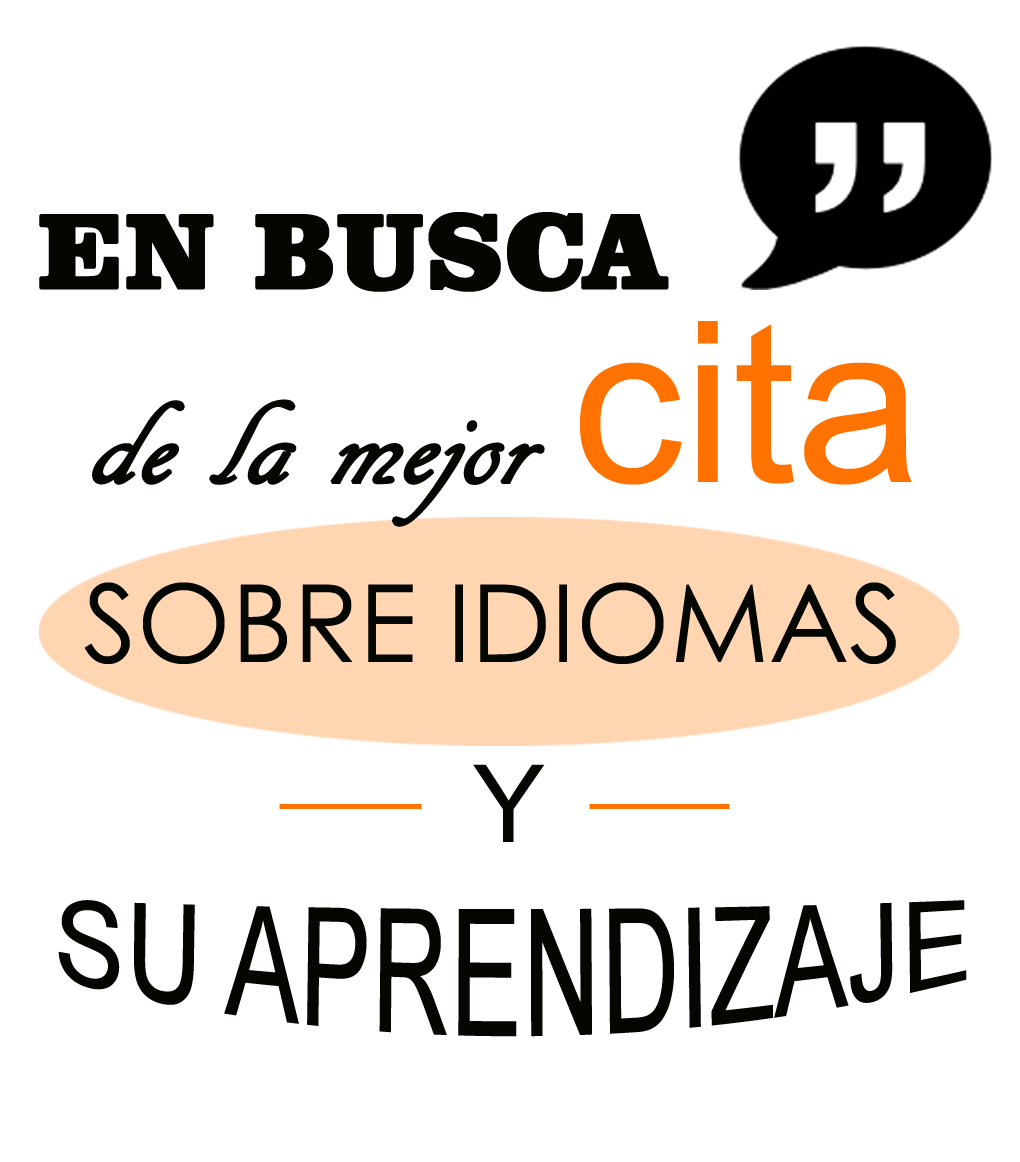DELE EXAM: A1 level for scholars
Among the different DELE exams, there is a special category oriented to
students between 11 and 17 years old. These DELE exams for scholars are
divided into two types. Today we focus on the first one, the A1 level.
You can also check
Instituto Cervantes’ website . On it, you can find all the information you need about these exams
including dates, exam centres or how to register.
Which are the characteristics of the exam?
It is divided into 4 different tests.
The reading test has 4 tasks with 25 items in total (distributed as
follows: 5-6-6-8) and the duration is of 45 minutes. It includes authentic
texts adapted to the level and their total extension is between 595 and 925
words.
The listening test also has 4 tasks with 25 items (5-5-8-7). In this
case, the test takes 25 minutes. Each recording is played twice and the
student has time before and after each recording to read the questions and
answer them. The texts simulate real language and their total extension is
between 510 and 670 words.
The writing test has 2 tasks to be done in 25 minutes. The student
has to write different texts with a total extension of 45 to 65 words. Both
tasks have the same value. They are corrected separately and the final mark
is the mean of both of them. The first task is a questionnaire about basic
personal information. In the second task, the student has to write a letter,
an email or a message.
The speaking test has 3 tasks: 2 of them focus on expression and the
third one on interaction. This test lasts for about 10 minutes and the
students has another 10 minutes to prepare for it before it starts. The
first task is a monologue is a short monologue about personal information.
The second task is also a monologue but, in this case, it focuses on a topic
about the personal environment of the candidate. The third and final task
consist of a short interaction with the interviewer.
Getting prepared for the exam:
There are many manuals about DELE exams. We recommend practising the
following strategies for each test.
For the speaking test, it is important to know vocabulary about
nationalities, greetings, age, hobbies or work. You should also know how
to use the verbs “ser” and “estar”, and use the verbs “gustar” and
“tener”.
It is also important to know that the answers to the questions are
usually in order in the listening or reading text.
During the listening and the reading tests, it is very useful to
pay attention to the linkers used and to read twice the reading
text.
Exams: real examples
Here you have some A1 for scholars real examples we use to work with our
students. Now you can also get ready and practice:
-
Exam DELE A1 escolar (0 model 2019)
-
Exam DELE A1 escolar (May 2014)
Related posts:
We also leave you information about DELE exam preparation courses.
Artículo en español: Examen DELE A1 para escolares




Comentarios
Publicar un comentario